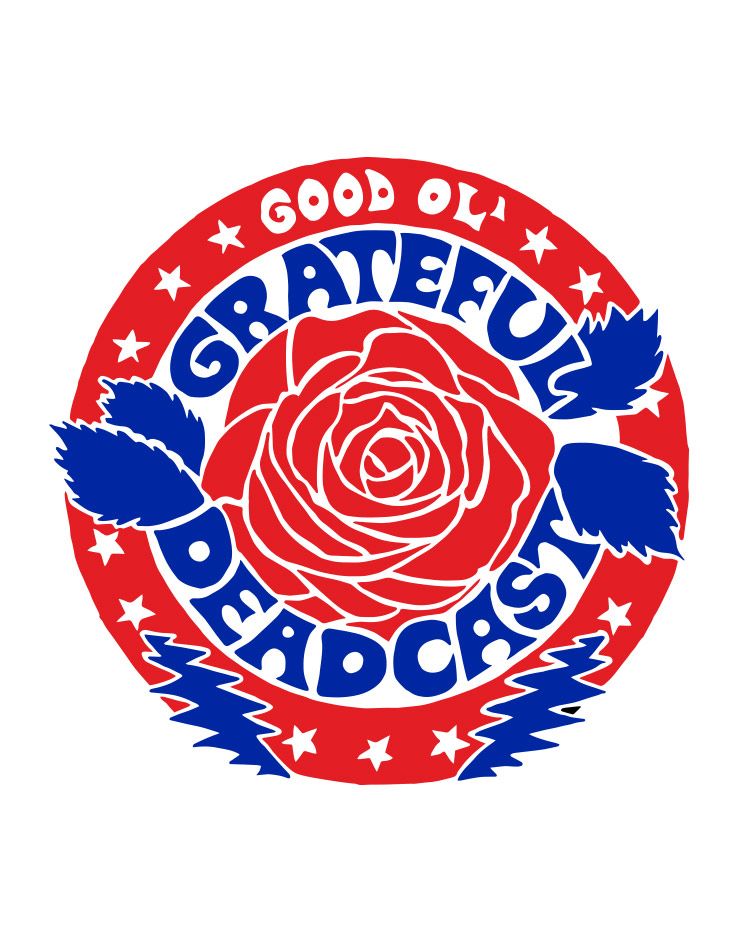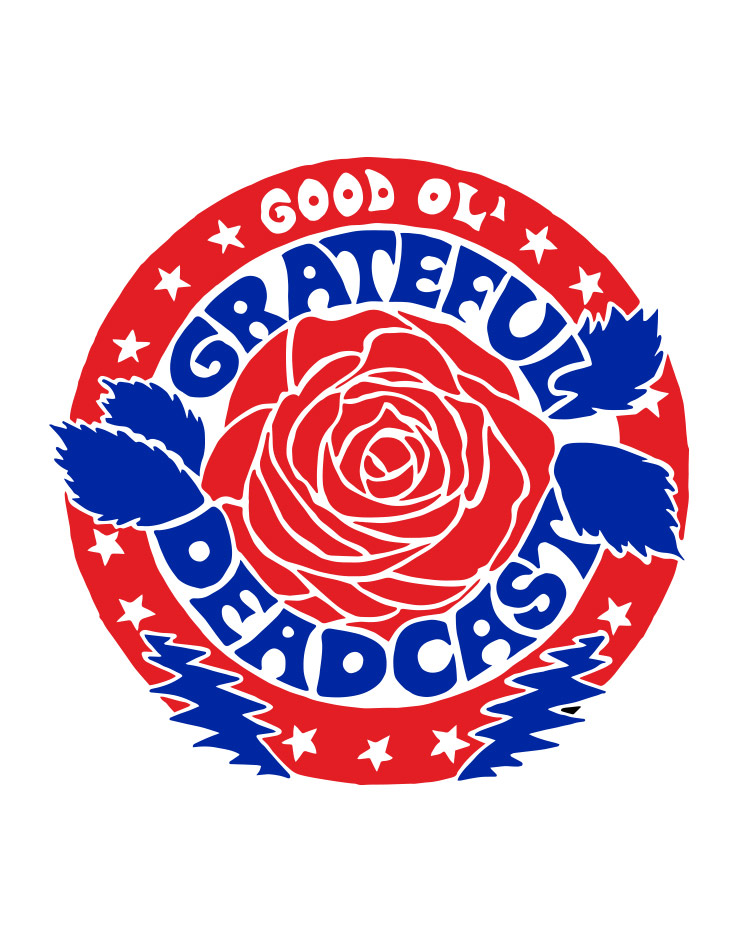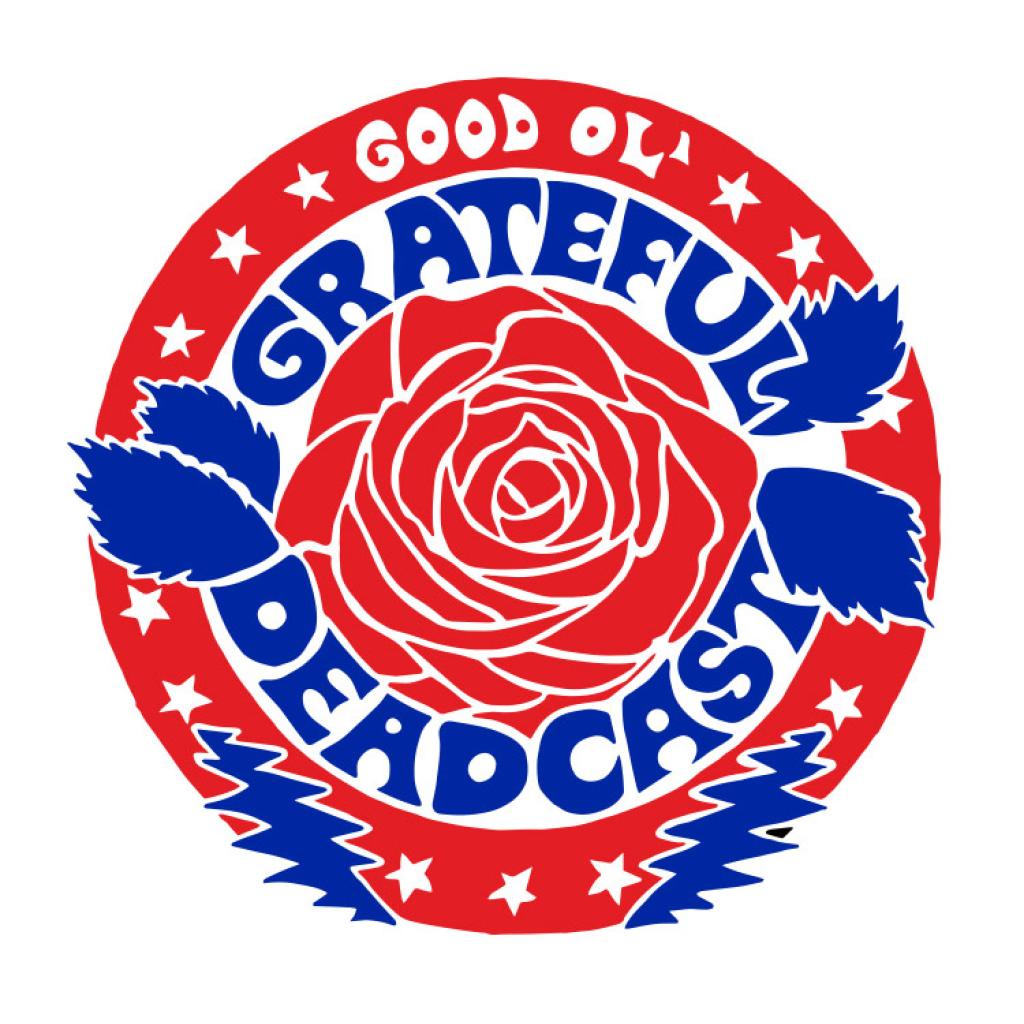The Grateful Dead’s masterpiece Workingman’s Dead song by song. For "High Time," we look behind the purple door of Pacific High Recording with co-producer Bob Matthews and tour manager Sam Cutler, examine session outtakes and tape mysteries with Brian Kehew and Mike Johnson, and explore how "High Time" was a songwriting breakthrough for Jerry Garcia and his new housemate, lyricist Robert Hunter.


High Time supplementary notes
By Jesse Jarnow
If Dead fans were surprised by “High Time,” arguably the Grateful Dead’s first original love song, it’s possible that lyricist Robert Hunter was equally surprised by it.
After Aoxoxomoxoa and Live/Dead, Robert Hunter had his own plans. He’d penned an elaborate suite of lyrics called “The Eagle Mall.” It was a song cycle that--in Hunter’s words--”recounts the trials of a nomadic people and embraces the notion of eternal recurrence.”
As the lyricist told it later, when he presented the pile of new song ideas to Garcia, the guitarist told him, “Look, Hunter - we're a goddamn dance band, for Christ's sake! At least write something with a beat!"
Hunter admitted, “The direction we took with Workingman's Dead was more to the point.”
That wasn’t it for the Eagle Mall, though. Hunter would write his own music for the songs when he began his solo career later in the ‘70s. And in the ‘80s and ‘90s, he even wrote a complete novel that connected the world of the Eagle Mall to the expanded universe of Terrapin. He posted the whole novel online for free. It’s called “The Giant’s Harp.” It’s still out there.
We can only imagine what a 1970 Grateful Dead concept suite would sound like. Almost certainly, nothing like the new songs they began to write.
Another factor is that Jerry Garcia and Robert Hunter were housemates again. In the spring of ‘69, Hunter and his girlfriend moved in with Jerry Garcia, Mountain Girl, and their family in Larkspur, in Marin County.
As Hunter told Steve Silberman in 2001, “tunes had been emerging and it seemed sensible to help the process along and incidentally feed me since I had no income source at all.”
In Larkspur, Garcia and Hunter began the most prolific period of their three-decade collaboration. Between mid-1969 and mid-1971, when the Garcias bought a home in Stinson Beach, the pair churned out some two-dozen songs that the Dead would play, nearly all becoming enduring parts of their repertoire.
“High Time” was one of the first.
As Mountain Girl recalled to Blair Jackson, “Hunter was up 24 hours a day, chain-smoking, and he’d come down in the morning and he’d have a stack of songs.”
Sometime soon after Robert Hunter took up residence with the Garcias in Larkspur, the Grateful Dead debuted “High Time” in June of 1969, truly unlike any other song they’d written or performed up until then.
But in their transition from psychedelia to songcraft, “High Time” found a surprisingly comfortable place in the band’s live sets. Not long after the song’s debut, “High Time” briefly served as the epilogue in an early alternate draft of one of the band’s most famous song-suites: “China Cat Sunflower” into “I Know You Rider” into... “High Time”? For much of 1969 and through the spring of 1970, even after the recording of Workingman’s Dead, that’s how the Dead most often presented “High Time.”
With more than a half-year’s performances under their collective belts before they got to the studio to record Workingman’s Dead in February 1970, “High Time” developed its own live arrangement with organist Tom Constanten, who performed with the band from late 1968 until a few weeks before the first Workingman’s sessions. The song had a slightly different set of dynamics with TC.
Here’s how it sounded on February 14, 1970 at the Fillmore East, from Dick’s Picks 4, only a few days before recording began for Workingman’s Dead.



